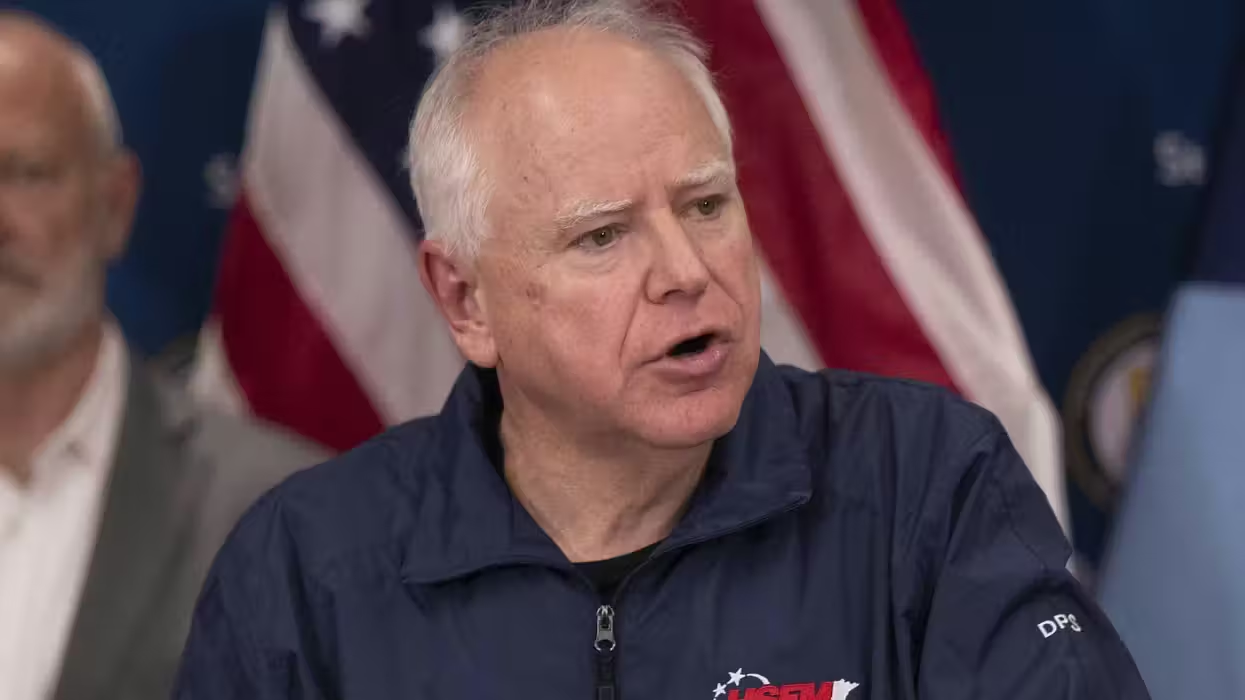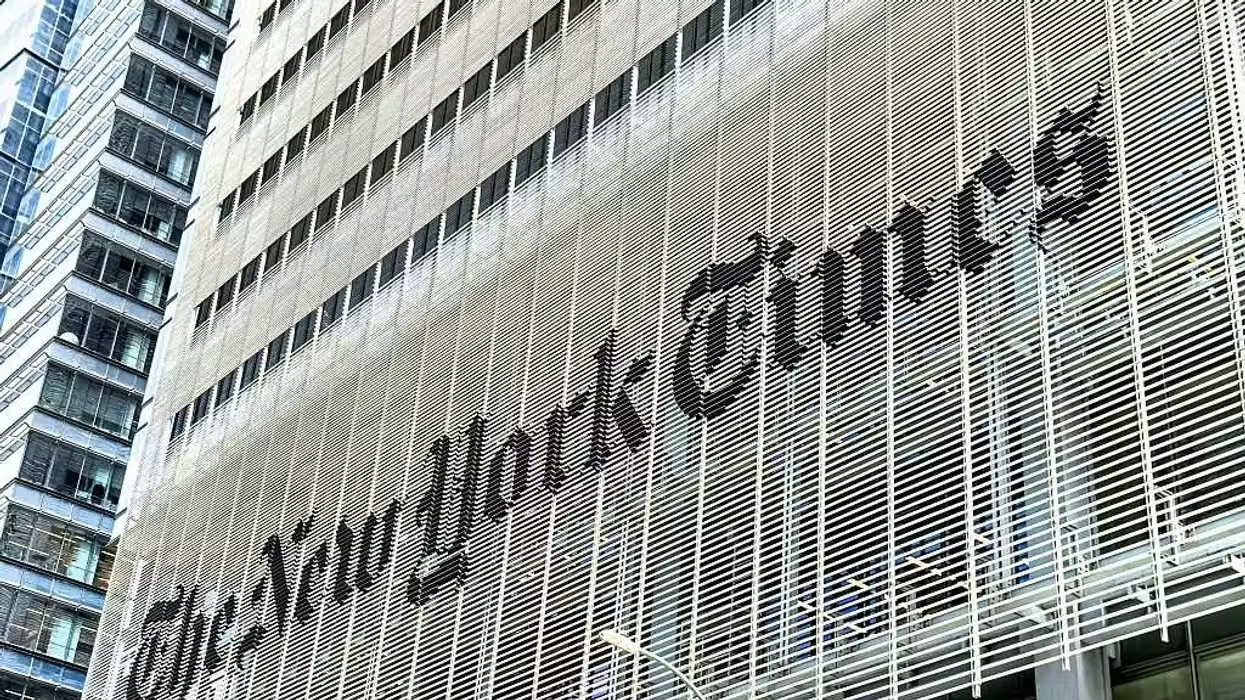
© 2026 Blaze Media LLC. All rights reserved.
"It is now five minutes to midnight."
WASHINGTON (The Blaze/AP) -- A group of scientists that tracks the likelihood of a global cataclysm says the world is moving closer to doomsday. One symbolic minute closer to be more precise.
The Bulletin of the Atomic Scientists announced Tuesday that it has moved its "Doomsday Clock" to five minutes to midnight.
The group says inadequate progress on stopping the spread of nuclear weapons and continuing inaction on climate change are the reasons for the change. Watch the announcement:
The clock had been set at six minutes to midnight for the past two years. It was previously set at five minutes to midnight from 2007-2010.
The group said in a statement that two years ago, there was reason for optimism "that world leaders might address the truly global threats we face. In many cases, that trend has not continued or been reversed."
Scientific American describes the clock as " a symbol of the threat of humanity's imminent destruction from nuclear or biological weapons, climate change and other human-caused disasters." Questions addressed that lead to the group's decision to move the doomsday clock forward included:
What is the future of nuclear power after Fukushima?; How are nuclear weapons to be managed in a world of increasing economic, political, and environmental volatility?; What are the links among climate change, resource scarcity, conflict, and nuclear weapons?; and, What is required for robust implementation of the Biological Weapons Convention?
Here are some recommendations that the Bulletin of Atomic Scientists believe would help lead to a safer world:
- Ratification by the United States and China of the Comprehensive Test Ban Treaty and progress on a Fissile Material Cutoff Treaty;
- Implementing multinational management of the civilian nuclear energy fuel cycle with strict standards for safety, security, and nonproliferation of nuclear weapons, including eliminating reprocessing for plutonium separation;
- Strengthening the International Atomic Energy Agency's capacity to oversee nuclear materials, technology development, and its transfer;
- Adopting and fulfilling climate change agreements to reduce carbon dioxide emissions through tax incentives, harmonized domestic regulation and practice;
- Transforming the coal power sector of the world economy to retire older plants and to require in new plants the capture and storage of the CO2 they produce; and
- Vastly increasing public and private investments in alternatives to carbon emitting energy sources, such as solar and wind, and in technologies for energy storage, and sharing the results worldwide.
Since the clock's creation in 1947 by the board, the closest the clock has ever been set to midnight was 17 minutes in 1991. The farthest the clock has been set is two minutes in 1953. See the full timeline of the doomsday clock here.
Want to leave a tip?
We answer to you. Help keep our content free of advertisers and big tech censorship by leaving a tip today.
Want to join the conversation?
Already a subscriber?
more stories
Sign up for the Blaze newsletter
By signing up, you agree to our Privacy Policy and Terms of Use, and agree to receive content that may sometimes include advertisements. You may opt out at any time.
Related Content
© 2026 Blaze Media LLC. All rights reserved.
Get the stories that matter most delivered directly to your inbox.
By signing up, you agree to our Privacy Policy and Terms of Use, and agree to receive content that may sometimes include advertisements. You may opt out at any time.







